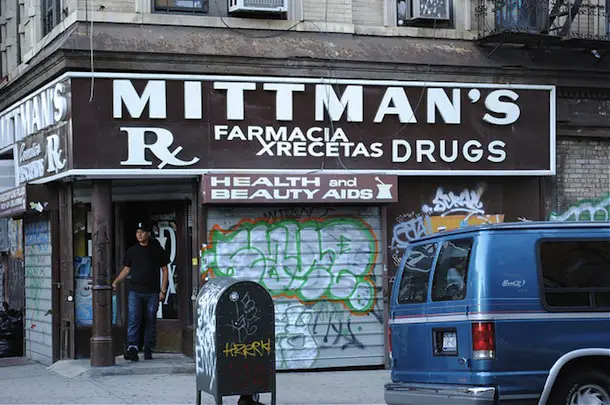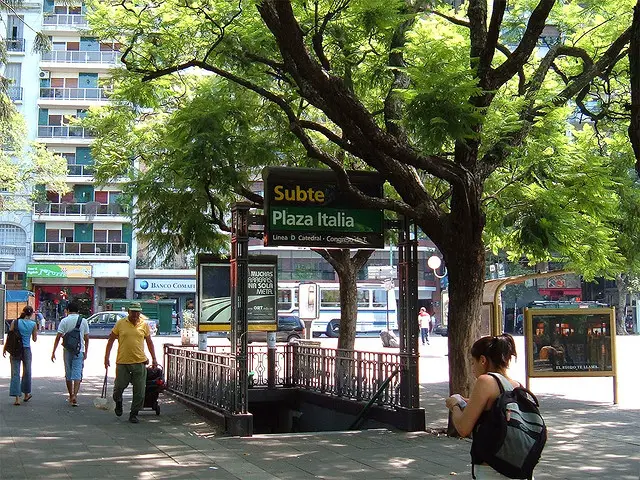Social Sustainability and Sustainable Communities: Introducing Our Next #citytalk
If sustainability was a family, social sustainability would be the black sheep. Environmental and economic sustainability are both enormous concepts with many different contributing elements, but social sustainability trumps them both with its complexity, subjectivity, and difficult-to-put-your-finger-on-it…ity.
Many a thesis has tried and failed to define social sustainability (speaking from experience, here), looking for quantifiable and qualitative elements that could help create a framework to measure the human side of sustainability. That’s why we were intrigued when the Berkeley Group got in touch to let us know that they had been working with Social Life and Tim Dixon, Professional Chair in Sustainable Futures in the Built Environment at the University of Reading, on a report containing a structured framework for measuring social sustainability. Could they have succeeded in cracking the social nut where so many others had failed?
We knew straight away that this would be a fascinating subject for our next #citytalk tweetchat, and we’re looking forward to discussing some of the critical indicators covered in their report on Thursday 27th.
It’s widely agreed that social sustainability is about people’s quality of life, but what kind of human factors influence this? Do those who have good relationships with their neighbours live more fulfilled lives and contribute to the development of a sustainable community? If we feel safe and secure, regardless of whether we actually are, are we in a more secure social position? And how critical is the perception of ability to influence a local area? Can it affect someone’s willingness to act to improve their neighbourhood, creating better spaces that everyone in the community benefits from in the process?
Though social sustainability is about people, many non-human elements have an influence. So how can design be used to create socially sustainable cities, and are we seeing developments designed with community-building in mind? Do features like internal courtyards and shared outdoor space contribute to the development of sustainable communities? Are modern developments embracing such features?
An area with strong transport links can improve integration with the wider neighbourhood and introduce economic and cultural opportunities to those who use the facilities, but is transport alone enough of a contributor to social sustainability? And how might the design of our streets contribute? Accessible streets and transportation are both obvious positive contributors, but what kind of role do the less tangible elements like local character and identity play, and how do we go about measuring them?
Join This Big City and Future Cape Town on Thursday September 27th at 7PM BST/8PM CET+SAST/2PM EDT as we discuss social sustainability and sustainable communities. If you want to find out about how #citytalk works, click here. We hope you can join us. You can download the report that inspired this #citytalk here.


